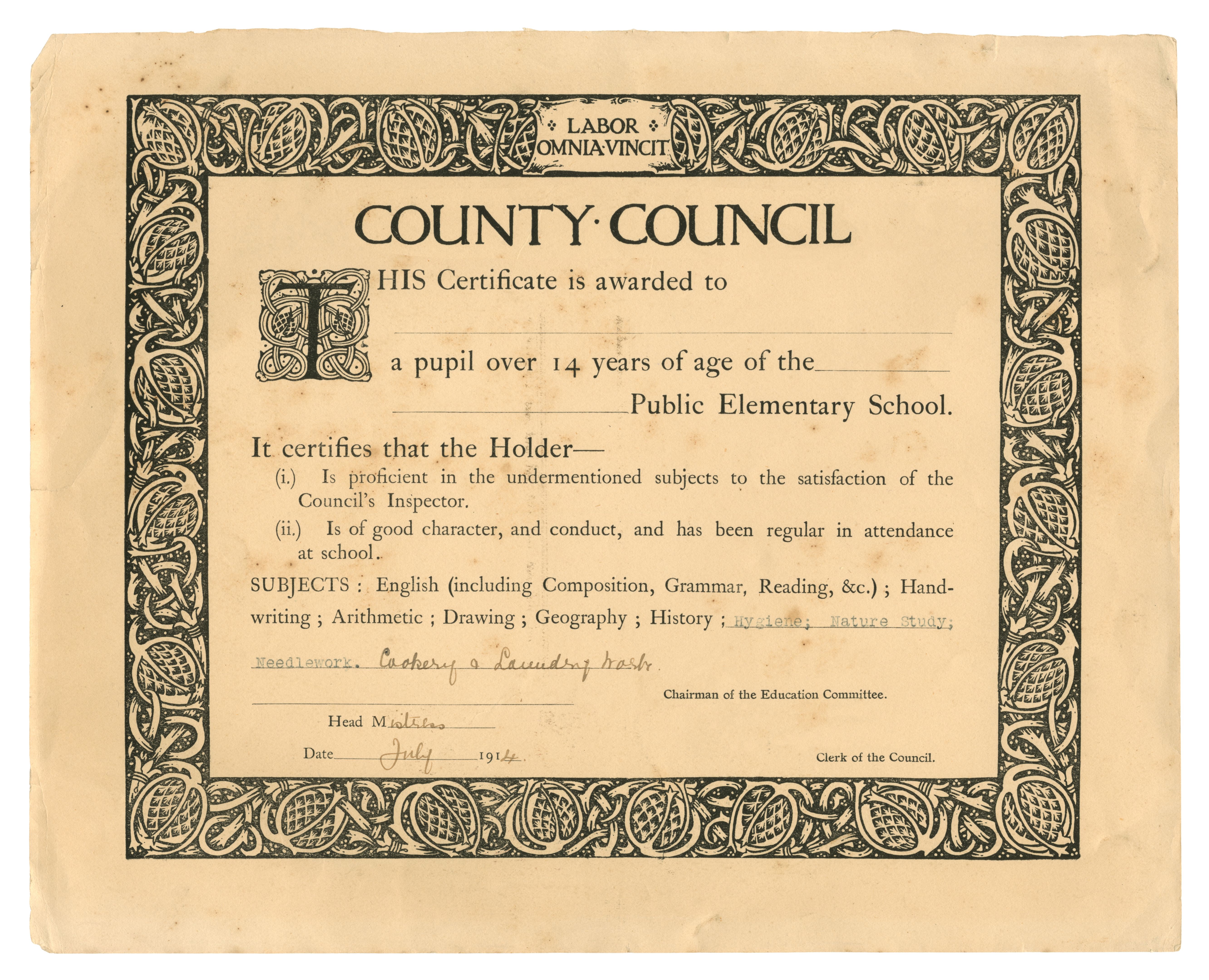The Evolution of Phonics: From 16th Century to Modern Teaching Methods
JT
Introduction to Phonics
The journey of phonics is a fascinating exploration of how the approach to teaching reading and writing has transformed over centuries. Originating in the 16th century, phonics has evolved into a cornerstone of modern education, shaping how children across the globe learn to interpret language.

The Beginnings in the 16th Century
Phonics, derived from the Greek word "phonetikos," meaning vocal or sound-related, has its roots in the early modern period. The 16th century marked the initial phase where educators began to recognize the importance of associating sounds with letters. This was a revolutionary shift from rote memorization of words, as it introduced a structured method to understand language.
The Role of Hornbooks
In the 16th and 17th centuries, hornbooks became a primary educational tool. These were wooden paddles with printed lessons covered by a transparent sheet of horn. Hornbooks highlighted the alphabet and simple syllables, laying the groundwork for phonetic education.
19th Century Developments
The 19th century brought significant advancements in phonics education. During this era, educators began to systematically explore the relationship between sounds and letters, leading to more structured teaching methods. This period saw the emergence of primers and phonics books, which became essential in classroom settings.

The Advent of Systematic Phonics
Systematic phonics gained popularity during this time, focusing on teaching children the relationships between phonemes and graphemes in a sequential manner. This approach helped students decode new words by sounding them out, enhancing their reading fluency and comprehension.
The 20th Century: A Shift in Focus
The 20th century introduced new perspectives on phonics, with a shift towards more comprehensive language arts curricula. While phonics remained a key component, educators began integrating it with whole language approaches, aiming for a balanced method that addressed both phonetic skills and comprehension.

Whole Language vs. Phonics Debate
During this time, debates arose between proponents of phonics and advocates of whole language approaches. While phonics emphasized decoding skills, whole language focused on meaning and context. This debate influenced teaching methods, with many educators seeking a middle ground to balance both strategies.
Modern Phonics Teaching Methods
Today, phonics remains an integral part of literacy education, supported by research and technology. Modern methods incorporate interactive and multisensory approaches that engage students in dynamic learning experiences. Digital tools and software have enhanced traditional phonics instruction, providing personalized learning paths for students.
Technology in Phonics Education
With the advent of digital technology, phonics instruction has been revolutionized. Interactive apps and online resources provide engaging platforms for students to practice phonetic skills. These tools offer instant feedback, allowing for immediate correction and reinforcement of learning concepts.
Conclusion
The evolution of phonics from its humble beginnings in the 16th century to modern teaching methods highlights its enduring significance in education. By understanding the historical context and embracing contemporary innovations, educators can continue to refine phonics instruction, ensuring it meets the needs of diverse learners worldwide.
